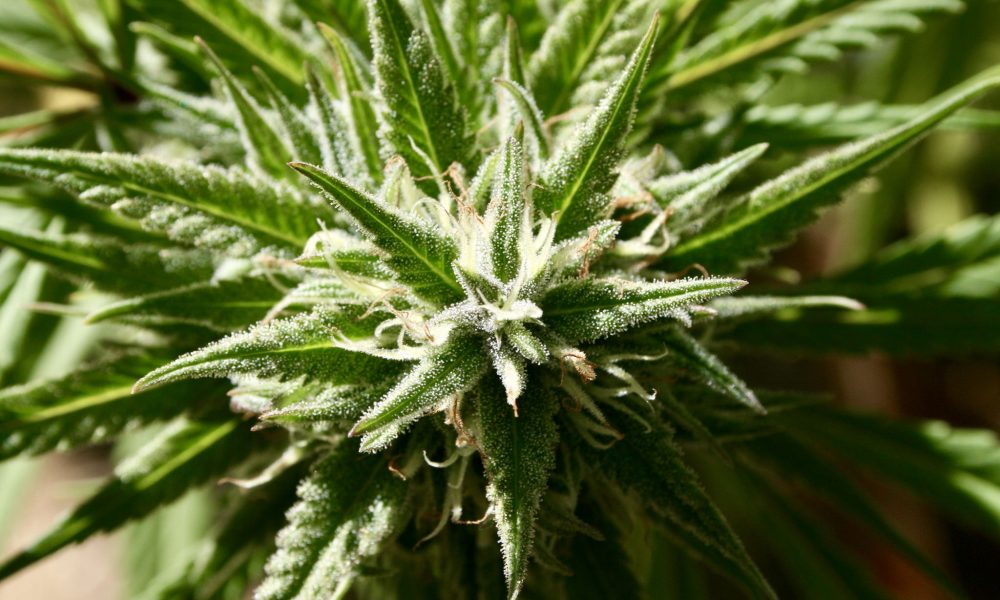The broad brush strokes of the legislation are the same in both chambers.
By Christopher Ingraham, Minnesota Reformer
Minnesota is poised to become the 23rd state allowing legal marijuana sales following the passage of bills in the state House and Senate this spring. Before that can happen, however, negotiators from the two chambers must meet to iron out the differences between the bills.
The broad brush strokes of the legislation are the same in both chambers. Minnesotans 21 and older would be able to buy marijuana products at licensed retailers, grow their own plants and keep a certain amount for personal use. The legislation would also expunge certain low-level marijuana offenses from criminal records.
But some differences emerged as the companion bills passed through dozens of committees on their way to passage. They cover everything from how the nascent marijuana industry will be taxed to how illegal, unregulated sales would be penalized. A rundown of some of the biggest differences is below.
Possession amounts
The version of the bill passed by the Senate allows adults to possess a whopping five pounds of cannabis flower from home cultivation, plus an additional two pounds of product purchased from stores or obtained elsewhere, for a total legal limit of seven pounds. The House, meanwhile, imposes a blanket cap of 1.5 pounds regardless of source. Both bills allow individuals to grow up to eight plants at home.
These limits are much more generous than those seen in most other states, which typically regulate marijuana by the ounce rather than the pound.
Think of it this way: If a typical joint contains about one gram of cannabis, the Senate bill would allow you to stockpile enough marijuana to roll more than 3,100 joints. (Or, a mere 168 if you use Sen. Warren Limmer’s inadvisable formula—earning him internet fame—in which two ounces would yield three joints.)
The side by side for Cannabis Bill – Article 1 published 07:08 PM is at https://t.co/kp8E66CI3B #mnleg
— Revisor of Statutes (@MNRevisor) May 4, 2023
Taxes
The Senate bill opts for a straightforward 10 percent gross receipts tax on cannabis sales, while the House version sets the tax at eight percent to start and then lets policymakers adjust the rate every other year starting in 2027. In both bills, these taxes are levied in addition to the standard state sales tax.
Both numbers are low relative to most other states, which have retail sales tax rates of up to 37 percent. As Minnesota lawmakers have explained it, the relatively low tax rates have two goals: First, to allow legal businesses to compete with black market sales, which has been an issue in places like California. Second, while other states have used pot taxes to pay for education and other budget items, Minnesota lawmakers only want the marijuana industry here to pay for its own regulation.
Some observers, like former DFL legislator Jennifer Schultz, have encouraged lawmakers to consider not just the immediate regulatory costs but also any negative externalities attending increased marijuana use in Minnesota: substance abuse problems, roadside enforcement costs, and so on. Pricing in those eventualities would suggest a need for a higher tax.
Civil penalties
The House bill imposes much stiffer civil penalties on the illegal sale of cannabis than the Senate bill. Under the Senate bill, for instance, someone selling between two and eight ounces of cannabis without a license would be subject to a $1,000 fine. Under the House bill the fine would be $10,000.
Those civil penalties would be imposed on top of any additional criminal penalties, which are structured identically in both bills.
—
Marijuana Moment is tracking more than 1,000 cannabis, psychedelics and drug policy bills in state legislatures and Congress this year. Patreon supporters pledging at least $25/month get access to our interactive maps, charts and hearing calendar so they don’t miss any developments.![]()
Learn more about our marijuana bill tracker and become a supporter on Patreon to get access.
—
Social equity
The bills allow regulators to give preference to social equity applicants in awarding licenses to cannabis businesses. Residents of impoverished communities and communities bearing a disproportionate burden of cannabis enforcement, as well as veterans who lost honorable status due to a prior cannabis offense, would be considered social equity applicants under both bills.
But the House version additionally allows anyone convicted of a cannabis offense, or who had a close family member convicted of such an offense, to be considered a social equity applicant.
Local control
Neither version of the bill allows localities to issue blanket bans on cannabis businesses within their borders. In places like California, such local prohibitions have allowed the black market to continue to proliferate. However, the Senate version does give localities more leeway to regulate the marijuana trade: It explicitly allows cities to enforce zoning requirements on marijuana businesses, lets them impose registration fees and put limits on the number of retailers in a city, and includes some revenue-sharing provisions.
Nuisance actions
If you’re concerned about your neighborhood smelling like weed all the time, the Senate’s bill will be more to your liking.
The Senate bill explicitly states that “any use of adult-use cannabis flower which is injurious to health, indecent or offensive to the senses, or an obstruction to the free use of property so as to interfere with the comfortable enjoyment of life or property is a nuisance.” It allows anyone “who is injuriously affected or whose personal enjoyment is lessened by a nuisance” to bring legal action against the offenders. It also allows tenants to hold landlords responsible for not enforcing cannabis-related provisions of leases.
The House bill has no nuisance provision.
This story was first published by Minnesota Reformer.
Oregon Approves Nation’s First Psilocybin Service Center For Adults To Receive Psychedelic Treatment
Photo courtesy of Brian Shamblen.
Read the full article here

